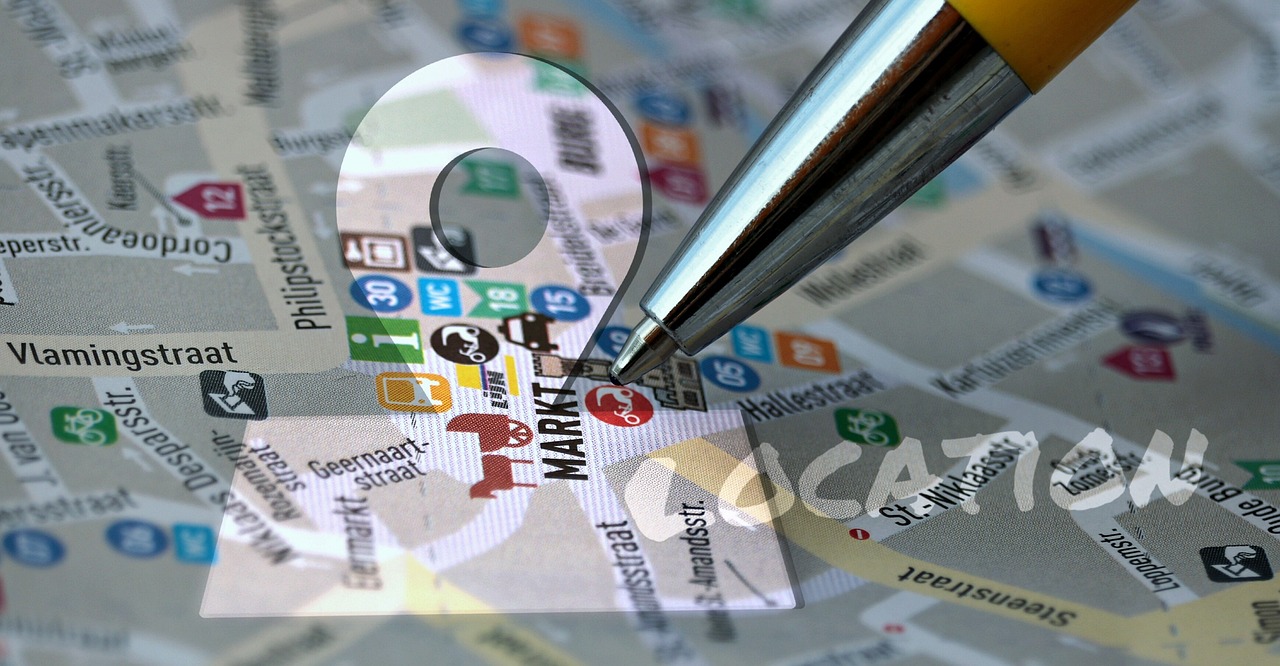- Why RedFlag
- Solutions
-
Problems We Solve
RedFlag Mass Notification Platform
Communication Features
Send Real-Time Alerts that Get Attention
Multi-channel alerts including text, email, voice calls, MS Teams, app notifications and moreUtilize Desktop Alerts
Reach hard-to-reach workers on laptops, desktops, or shared monitors and workspacesEmpower Two-Way Chatting
Engage in multiple one-to-one conversations via text messagingGet Insights with Action-Based Messages
Direct feedback with polling and acknowledgmentManage
Precise Targeting with Groups
Easily create prederminted segments or on the fly with any data points including real-time GPS locationEasy Data Management + Syncing
Easily upload and keep data clean with FTP, API options including Azure sync and more
-

Location-Based Alerts – Hyper-Target Messages for Relevancy and Clarity

October 25, 2022 Posted by Pocketstop in Crisis Communications, Location-Based Alerts, Business Continuity Social Share
No matter what kind of communication, sending it to the right people is important – especially considering their location for location-based alerts. For a mass notification, segmenting is critical to reaching employees and other stakeholders at just the right time with the precise message.
What is segmenting?
Segmenting is a way to group your recipients based on certain criteria. This is important because not every contact needs to get every communication. For example, if a tornado watch has been issued that applies to two of your four locations, you only need to contact those in the affected areas.
By grouping or segmenting your contacts, you can send relevant messages to the right audiences for clarity and action. Even the best crafted messages are wasted if they are not directly applicable to the recipient, and segmenting reduces unnecessary communications to encourage readability and response.
Benefits of segmenting:
- Increase the likelihood of reaching the exact right people with the exact right message
- Customize the alert for better relevancy and clarity depending on criteria, like location
- Save time by having groups already determined when you go to send a message
- Avoid alert fatigue caused by getting irrelevant messages
- Boost open rates and therefore action
Ways to Segment
Segmenting can be as simple or as complex as your organization or situation requires. Planning ahead for common use cases is always a good idea, and you can add more sophistication as needed.
Possible ways to segment contacts:
- Role/Title
- Department
- Address/location on file
- Activity (logins, training dates, etc.)
- GPS location via a smartphone – location-based
What are location-based alerts? Segmenting with Geolocation and Geofencing
In an emergency, where someone is located determines their level of risk and danger. As more employees work away from office locations, it is critical to have ways to message them based on where they currently are so you can send relevant messages in seconds. With geo-location, you can track your people and communications all relative to an incident.
Building Emergency Examples with GPS Location
Imagine the fire alarm goes off – how do you know who is in the building and direct them to the safest exit?
| Possible Scenarios: | Without GPS location | With GPS location-based alerts |
|
|
|
Location-Based Severe Weather Examples
A tornado has been spotted near one of your offices – how do you immediately communicate with people in the area?
| Possible Scenarios | Without GPS location | With GPS location-based alerts |
|
|
|
Segmenting with a Mass Notification System
With a robust Mass Notification System like RedFlag that has custom segmenting and location-based targeting, you now have a powerful tool to personalize messages based on the location of your employees, vendors, and stakeholders without disrupting the routines of individuals not affected. Read more about how RedFlag can help you simplify and strengthen your emergency preparedness communication plans. Click here.
Ready to Get Started?
See how RedFlag can help you protect what matters most with a 15-minute custom demo.
